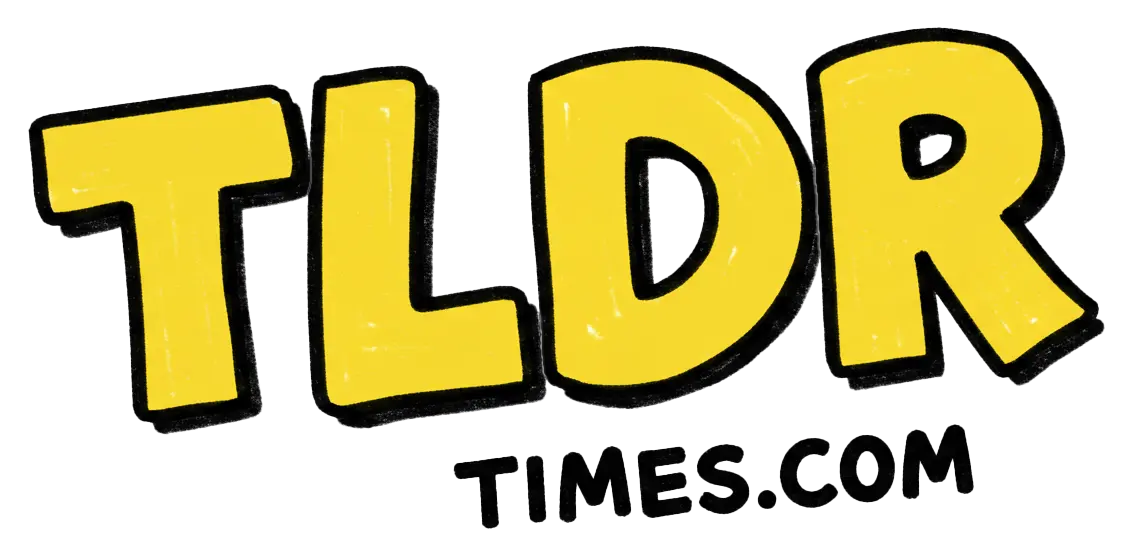First malaria treatment for babies approved for use

Explain Like I'm 5
Imagine you have a magic crayon that can color only big drawings. But one day, someone gives you a special set of crayons that can color tiny pictures too, without going outside the lines. That's kind of like what's happening with a new medicine. Before, doctors only had a "big crayon" – a medicine that was too strong for very little kids, like babies. Now, scientists have made a special "small crayon" – a new medicine just right for babies, so they can be treated for malaria, which is a very bad sickness caused by mosquito bites. This is great because it means babies can get better without taking medicine that's too strong for them.
Explain Like I'm 10
Malaria is a serious illness you get from mosquito bites, and it's been really tough to treat in babies. Before, the medicines we had were mostly for older kids or adults because giving those medicines to babies could make them really sick, not from the malaria, but from the medicine itself being too strong. It's like if you tried to use your big brother's bike when you're just learning to ride – it wouldn't work well, right?
Now, scientists have created a new treatment specifically made for babies. This is a big deal because it's safer and made just for them – kind of like having a bike that's the perfect size for you so you won't fall off. This new baby-friendly malaria treatment means that doctors can help little ones get better without worrying about giving them too much medicine. It's perfect timing because malaria hasn't gone away, and we need to protect everyone, especially the most vulnerable like babies.
Explain Like I'm 15
Malaria has long been a global health challenge, particularly in parts of the world where access to effective healthcare is limited. The disease is caused by parasites transmitted through mosquito bites. Historically, treating malaria in infants has been problematic because the available medications were formulated for older children and adults. These treatments could be dangerous for infants, leading to risks of overdose and severe side effects.
With the approval of the first malaria treatment specifically designed for babies, we're seeing a significant advancement in pediatric healthcare. This new medication adjusts the potency and dosage to suit the very specific needs of infants, reducing the risk of overdose. It's a breakthrough because babies are among the most vulnerable to the effects of malaria, including severe anemia and death.
The introduction of this treatment is likely to have substantial implications. For one, it could lead to lower infant mortality rates in regions plagued by malaria. It also sets a precedent for pharmaceutical development: the need for treatments tailored to different age groups and physiological needs. As for what happens next, healthcare systems will need to adapt to incorporate this new treatment, and ongoing education will be crucial for healthcare providers and communities affected by malaria. This development is not just a win for public health; it reflects a growing recognition of the need to tailor medical treatments more precisely, which could extend beyond malaria to other diseases.
Want to read the original story?
View Original Source